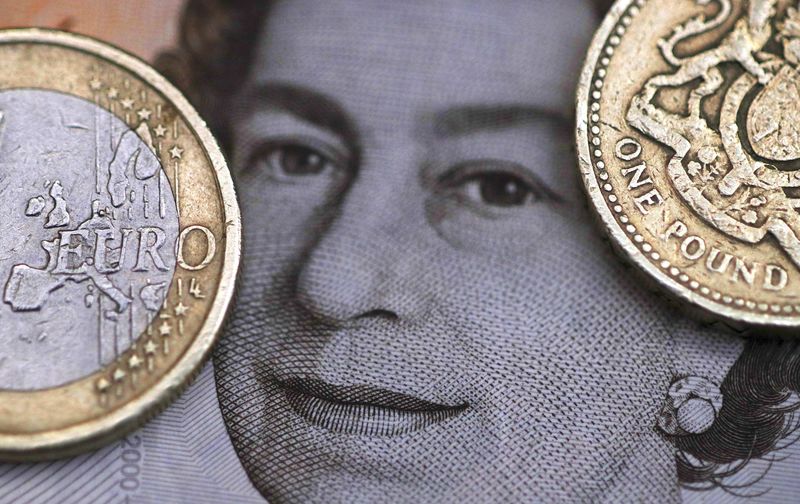* Sterling flirts with $1.2950, at fresh 1985 lows
* Brexit jitters, market contagion fears back again
* Safe-haven yen up broadly
By Ian Chua
SYDNEY, July 6 (Reuters) - Sterling carved out a fresh 31-year trough early on Wednesday, having taken a turn for the worse as the first signs of markets seizing up emerged in the UK following Britain's vote to exit the European Union two weeks ago.
The pound slid as far as $1.2950 GBP=D4 , breaking through the previous trough of $1.3000 set overnight. Against the yen, it fell below 131.00 GBPJPY=R for the first time since November 2012.
The euro was within easy reach of a 2-1/2 year high of 85.48 pence EURGBP=R set overnight.
Rattling markets, three British commercial property funds worth about 10 billion pounds suspended trading this week after the Brexit vote sent asset prices into a tailspin. to a growing sense of market instability, shares in
Italy's banks, which are suffocating under a pile of non-performing loans, plunged on Tuesday. of financial contagion spooked investors into the arms of government bonds, sending the benchmark 10-year Treasury yield to a record low of 1.357 percent US10YT=RR .
In currency markets, the flight to safety gave the yen a broad lift. The dollar dipped to 101.24 yen JPY= , pulling back from a recent high of 103.40. It managed to hold above the June 24 trough of 99.000 when Brexit nerves were still raw.
The euro retreated below 112.00 yen EURJPY=R for the first time in over a week, but it too held above the June 24 low of 109.30.
"The market will focus on risks building in Europe. Expect headlines surrounding Brexit and Italian banks to drive volatility," analysts at ANZ wrote in a note to clients.
The Australian dollar was faring relatively well despite the renewed risk aversion, thanks in part to still attractive bond yields at home. It eased to $0.7438 AUD=D4 , having been as high as $0.7545 earlier in the week.
The Reserve Bank of Australia on Tuesday left interest rates unchanged as expected and again disappointed some doves by not providing a clear easing bias.
